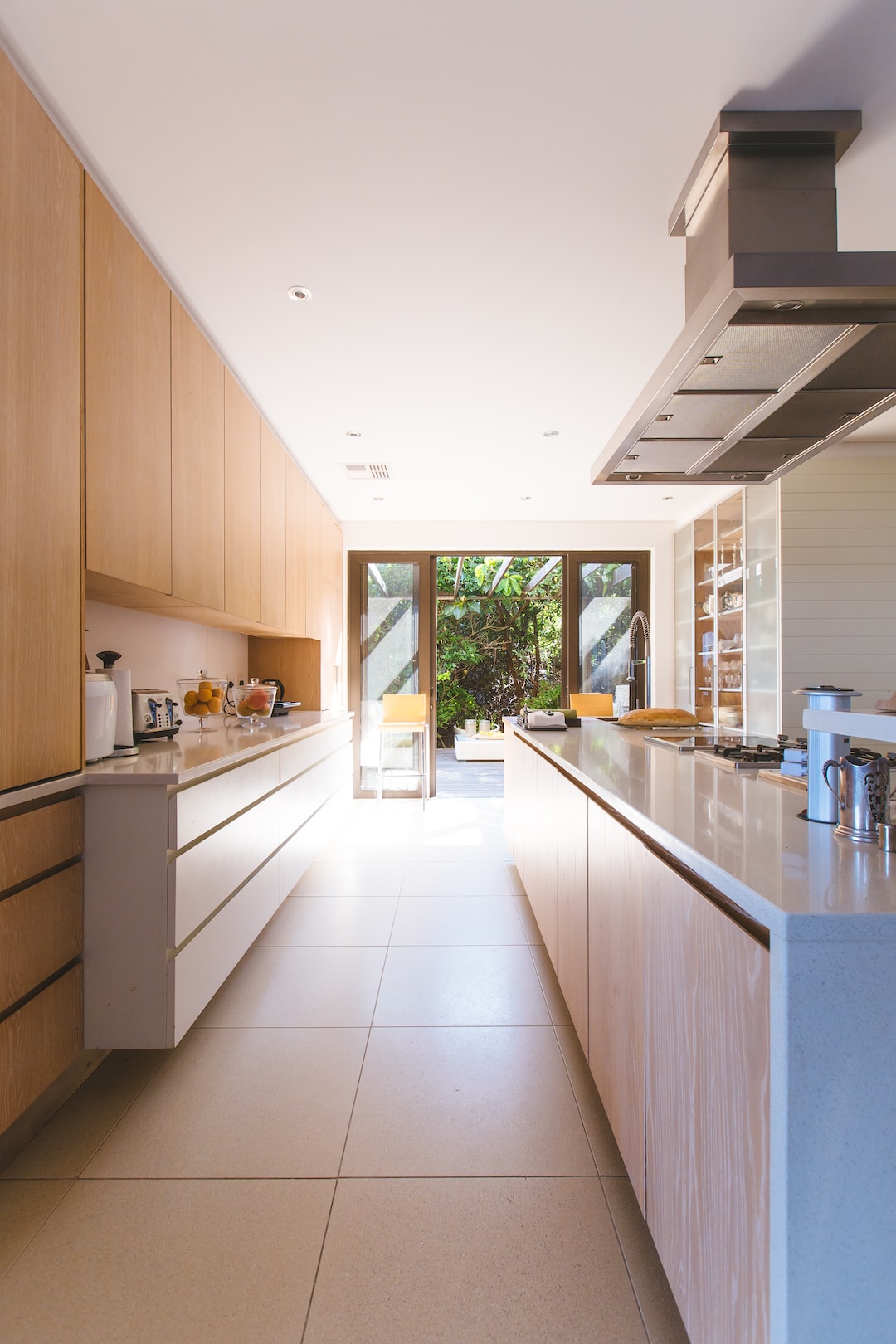In today’s fast-paced world, the culinary industry is constantly evolving to keep up with the changing tastes and preferences of consumers. Chefs and food enthusiasts alike are pushing the boundaries of traditional cooking techniques and exploring new innovative trends and modern cuisine. From molecular gastronomy to plant-based dishes, the culinary landscape is undergoing a significant transformation. In this blog post, we will delve into some of the most intriguing trends and techniques that are shaping the future of food.
Molecular gastronomy is perhaps one of the most revolutionary innovations in the culinary world. This scientific approach to cooking combines chemistry and physics to create unique flavors, textures, and presentations. Chefs use techniques such as sous vide, spherification, and foams to transform familiar ingredients into extraordinary culinary creations. By manipulating ingredients on a molecular level, molecular gastronomy allows for the creation of dishes that are visually stunning and deliver an unparalleled sensory experience.
With the increasing concern for the environment and animal welfare, sustainable cooking practices have gained significant popularity in recent years. Chefs are integrating more plant-based ingredients and sustainable protein sources into their menus to reduce the carbon footprint of their restaurants. Farm-to-table concepts, locally sourced ingredients, and food waste reduction initiatives are becoming increasingly common in modern kitchens. This shift towards sustainable cooking not only promotes healthier eating habits but also helps to create a more environmentally conscious culinary industry.
Fusion cuisine is another culinary trend that has captured the imagination of food lovers around the world. Combining elements from different cultural cuisines, fusion dishes offer a unique and exciting dining experience. Chefs are experimenting with flavors, ingredients, and cooking techniques from various regions to create a harmonious blend of tastes and textures. Whether it’s a fusion of Asian and Latin American flavors or a mix of Mediterranean and Middle Eastern influences, these innovative combinations delight the palate and showcase the diversity of global cuisine.
Hyperlocal sourcing has become increasingly popular as chefs strive to create unique dishes that reflect the flavors and traditions of a specific region. By using ingredients sourced directly from local farms, foragers, and fishermen, chefs can showcase the rich biodiversity of their surroundings. Hyperlocal cooking not only supports local farmers and producers but also enables chefs to create dishes that are deeply rooted in the local culture and environment. This trend celebrates the diversity of culinary experiences and fosters a stronger connection between chefs and the communities they serve.
Advancements in technology have also played a significant role in shaping the culinary world. Virtual dining experiences, where customers can enjoy a multi-sensory meal in a virtual environment, have gained popularity. Through the use of augmented reality, diners can explore different settings and even interact with the virtual elements of the meal. Additionally, technology has streamlined kitchen operations with innovative tools and equipment, making cooking more efficient and precise.
Gone are the days when food was simply served on a plate. Presentation has become an essential element of modern cuisine, with chefs transforming their dishes into works of art. Plating techniques such as microgreens, edible flowers, and intricate designs elevate the visual appeal of a dish. The combination of vibrant colors, textures, and architectural presentations creates a dining experience that is both visually stunning and gastronomically satisfying.








